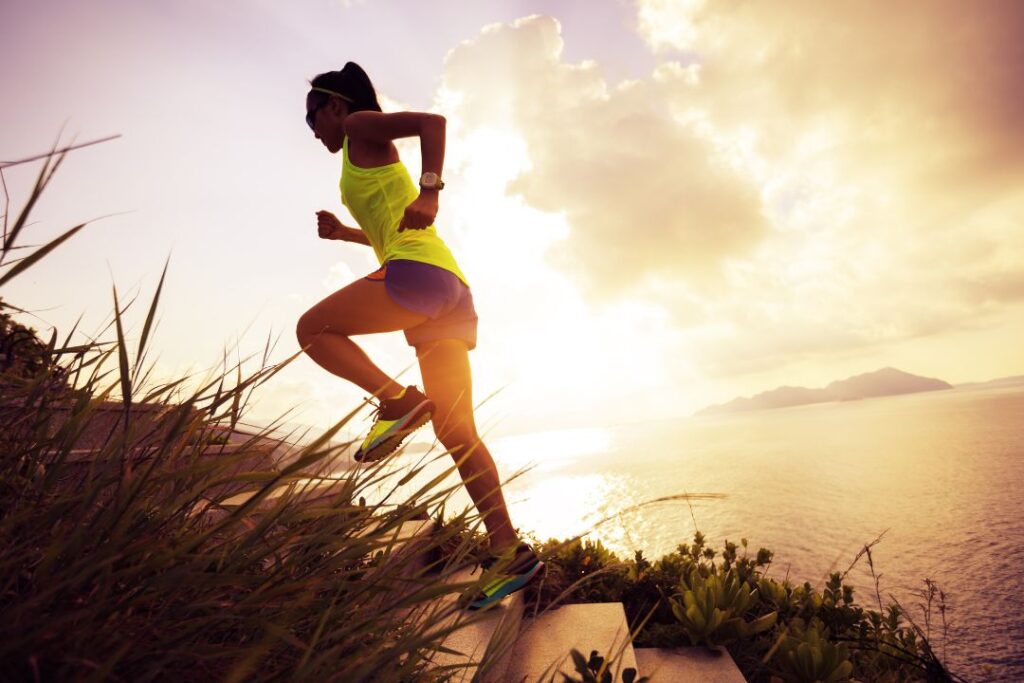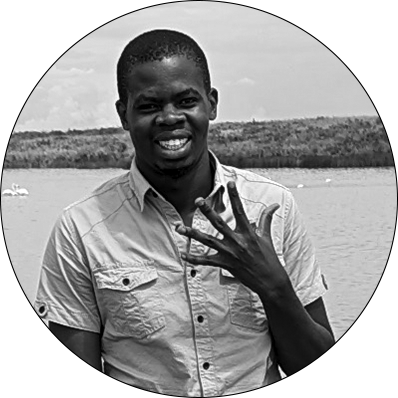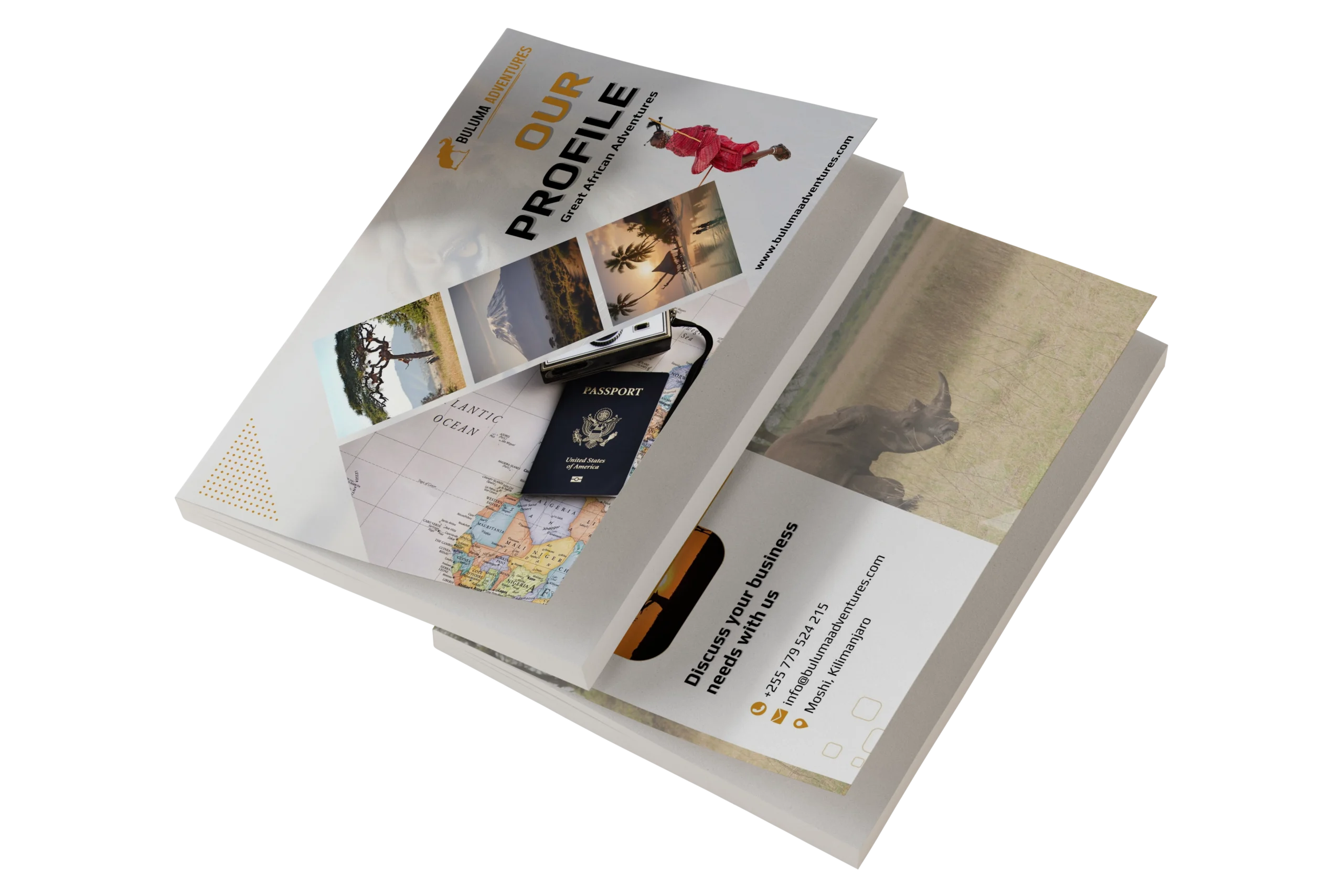MAKE FEEL AT HOME
Raport ZBP podaje, że 96% banków w Polsce wspiera przelewy natychmiastowe, a w kasynach takich jak Bet depozyty są księgowane o każdej porze dzięki integracji z systemami Express Elixir.
Według raportów ZBP już ponad 70% aktywnych użytkowników bankowości mobilnej w Polsce korzysta z BLIK, dlatego serwisy takie jak Beep Beep notują, że nawet 45–55% wszystkich depozytów pochodzi właśnie z tej metody.
Każdego roku przybywa 5–10 nowych małych studiów slotowych, których gry trafiają do agregatorów; w 2025 katalog Vulcan Vegas kody przeciętnego kasyna oferuje produkcje od ponad 30–60 różnych dostawców gier slotowych.
Średnio 3–5% transakcji kartowych jest odrzucanych z powodu PSD2, dlatego kasyna typu Bison oferują alternatywy w postaci BLIK i Pay-By-Link o wyższym poziomie akceptacji.
W 2025 standardem jest możliwość skrócenia animacji obrotu bębnów; tryb GG Bet 66 „quick spin” zmniejsza długość jednej rundy z ok. 3 sekund do 1,5–2 sekund, co przemawia do graczy preferujących dynamiczną rozgrywkę.
Bakarat zyskał w latach 2022–2025 około 30% nowych użytkowników, a w katalogu Lemon kasyno znajdziemy zarówno klasyczne stoły RNG, jak i wersje live z polskojęzyczną obsługą.
W okresach przeciążenia mempoolu opłaty BTC mogą wzrosnąć z typowych 1–3 USD do ponad Ice kod promocyjny 10–20 USD za transakcję, co w praktyce czyni małe depozyty (np. 20–30 USD) nieopłacalnymi dla graczy kasyn online.
Climbing Mount Kilimanjaro is one of the greatest adventures you’ll ever undertake. As Africa’s highest peak and one of the Seven Summits, it presents an exciting challenge for adventure seekers from around the globe. However, successfully summiting Kilimanjaro requires both mental and physical preparation.

If you’re looking for a step-by-step guide to get ready, here’s a breakdown to ensure you’re fully equipped for this hiking Kilimanjaro journey.
Hiking Mount Kilimanjaro is a test of endurance rather than speed. To build stamina for this epic climb, focus on cardio exercises such as running, cycling, swimming, or stair climbing. Aim for 4–5 cardio sessions per week, lasting 30–60 minutes each. Try to increase your stamina incrementally, so by the time you embark on Kilimanjaro tours, you’re comfortable with long durations of physical activity.
Since you’ll be ascending and descending steep terrain, strong leg muscles are essential for supporting your body throughout the trek. Include exercises like lunges, squats, and step-ups in your routine. Core strength is also vital to stabilize your body while carrying a daypack. Planks and back extensions will help you maintain balance and prevent fatigue.
To mimic the real experience of hiking Mount Kilimanjaro, start incorporating hikes into your training. Gradually increase the distance and elevation of your hikes while carrying a backpack that weighs around 10-12 kg. This will prepare you for the varied terrain and high-altitude trekking. Remember, one of the keys to climbing Kilimanjaro is learning to pace yourself.
One of the biggest challenges when climbing Mount Kilimanjaro is the altitude. You’ll be trekking up to 5,895 meters, where oxygen levels drop significantly. While not everyone has access to high-altitude environments for training, you can simulate the conditions by spending time in environments over 2,500 meters (like high-altitude hikes or using special altitude masks). Another great option is to spend time on multi-day treks in hilly or mountainous regions before your Kilimanjaro climb.
Summiting Kilimanjaro is not just a physical challenge but a mental one too. Prepare yourself for long days on the trail, sometimes trekking up to 7-8 hours. Patience and perseverance are key. Meditation and visualization techniques can help build mental resilience, while positive thinking will keep your spirits high as you approach Uhuru Peak.
Choosing a longer route, such as the Lemosho or Northern Circuit, allows for better acclimatization. Buluma Adventures, known as the best tour company to climb Kilimanjaro, offers carefully crafted itineraries that prioritize your health and comfort, ensuring you adapt to the altitude gradually. The slow ascent increases your chances of reaching the summit while minimizing altitude sickness symptoms.
Fueling your body properly is essential. Before embarking on hiking Kilimanjaro, adopt a balanced diet rich in protein, healthy fats, and complex carbohydrates. Hydration is equally important. While on the mountain, Buluma Adventures ensures climbers have access to nourishing meals that sustain their energy levels throughout the trek.
Your preparation doesn’t end with physical training. Partnering with the best mount Kilimanjaro tour operator is crucial to a successful climb. Buluma Adventures offers expertly guided Kilimanjaro tours with experienced guides who will support you every step of the way. Our guides are trained in first aid, altitude sickness management, and wilderness navigation to give you the best chance of success.
After you’ve conquered Kilimanjaro, why not extend your stay with a Tanzanian safari? Buluma Adventures offers safari packages to iconic destinations such as the Serengeti, Ngorongoro Crater, and Tarangire National Park. After days of intense trekking, you can unwind in luxury as you witness the greatest adventures of the African wilderness, from the Great Migration to the Big Five.
Climbing Kilimanjaro is an extraordinary achievement that requires dedication, physical readiness, and mental strength. By following a structured training plan and trusting Buluma Adventures, the best tour company to climb Kilimanjaro, you’ll have all the tools you need for success. As you embark on this adventure, know that you’re in the hands of the best mount Kilimanjaro tour operator, ready to help you reach the Roof of Africa.
Are you ready to experience one of life’s greatest adventures? Book your Kilimanjaro tours and safari with Buluma Adventures today and make unforgettable memories in Tanzania!

Written by: Masunzu Jidayi
Travel Expert in Tanzania

At Buluma Adventures, we are dedicated to showcasing the wonders of Tanzania. Moreover, our brochures highlight trip ideas curated by our specialists, featuring hand-picked accommodations and unique experiences. Discover how we craft meaningful travel journeys, and in addition, explore Tanzania with us.
Buluma Adventures is the local Tour Operator Specialized in Tanzania Safari Tours, particularly wildlife safaris, climbing Kilimanjaro and Zanzibar beach tours.
MAKE FEEL AT HOME
USEFUL LINKS